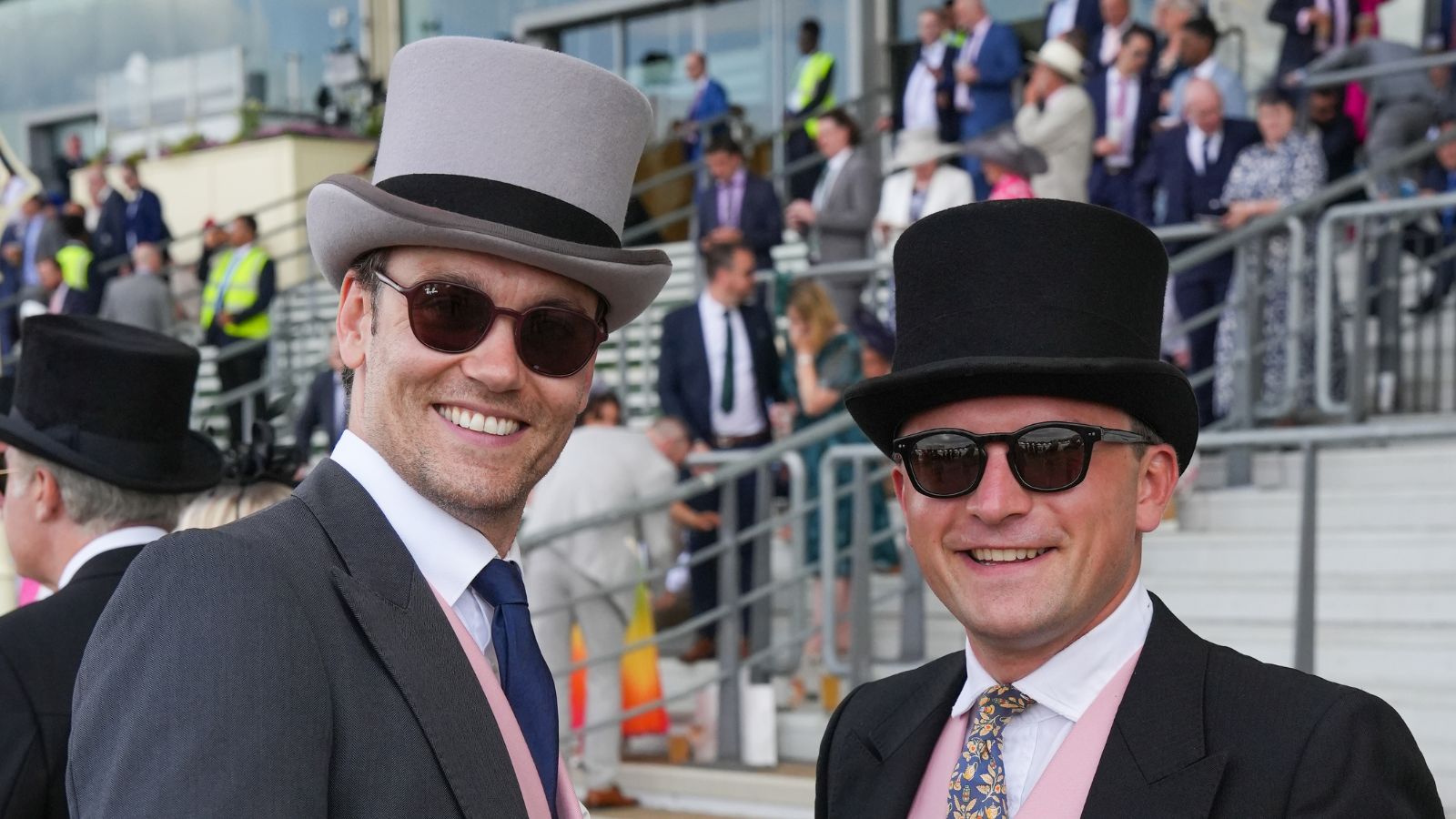The top hat is more than just an accessory; it's a piece of fashion history, symbolising elegance and stature. Its silhouette has graced the heads of many, from Abraham Lincoln to modern-day racegoers, marking its place as a timeless style emblem.
Over the years, the top hat has undergone a fascinating evolution, adapting to the tastes of different eras while maintaining its classic appeal. This adaptability has cemented its status as an all-time favourite, showcasing the hat's unique ability to evolve with fashion while retaining its distinct identity.
This article explores the top hat's history, origins, evolution, and why it continues to be revered in fashion circles today.
THE ORIGINS OF THE TOP HAT
The top hat first stepped onto the fashion scene in the late 18th century, amidst a sea of tricorn and bicorn hats. With its unmistakably tall and cylindrical crown, it swiftly became the symbol of social stature. Though its origins are debated, credit often lands on the shoulders of a certain London haberdasher, John Hetherington, who arguably kickstarted its rise to prominence. When he first wore his creation on the streets, it caused quite a stir, with some sources stating it even led to a riot on the streets of London. London and Paris quickly became the hotspots for top hat production, setting the trend for high society and shaping the future of this iconic piece.
THE TOP HATS RISE TO PROMINENCE
In the 18th and 19th centuries, the top hat wasn't just a hat; it was the ultimate symbol of class and status. If you wore a top hat, you were someone important, or at least you wanted to look the part. It quickly became the go-to accessory for anyone aiming to show off their status and fashion sense.
Some of the biggest names in history were known to rock a top hat. Take Abraham Lincoln, for instance; his tall top hat became as iconic as his leadership. Over in Europe, figures like Winston Churchill made the top hat a staple of their public appearances, sealing its status as a must-have for the influential and the elite.
THE GOLDEN ERA
The top hat's golden era was definitely in the Victorian period when it was expected to be worn for any formal occasion. Whether it was a wedding, a fancy dinner, or any high-society event, not wearing a top hat was like forgetting your shoes—you just didn't do it.
During this time, the top hat saw many upgrades too. Innovators started playing around with materials, introducing silk and felt to give these hats a sleeker look and a more comfortable fit. There were also design tweaks, making them more durable and even collapsible for easy storage.
THE TOP HAT IN MODERN TIMES
You don't see top hats around as often as you used to. They haven't disappeared, though. They're still a big deal at certain spots, like horse races, weddings, and formal ceremonies, where they add a dash of historical flair. In some circles, wearing a top hat is like tipping your hat to the past (pun intended), showing respect for tradition while still looking sharp.
For instance, one of the prime spots to see top hats in action today is at Royal Ascot. This prestigious horse racing event is not just about the sport; it's a showcase of fashion, where the top hat plays a starring role.
THE HISTORY OF THE TOPHAT
The top hat, a symbol of sophistication and style, has traversed a remarkable journey through the annals of fashion history. Originating in the late 18th century, it has witnessed the ebb and flow of societal changes, embedding itself firmly in the tapestry of cultural identity across various periods. From its inception as a statement of rebellion and status to its role in formal attire and iconic performances, the top hat has evolved while maintaining its quintessential charm.
Next time you have a formal black tie event or special occasion, consider hiring a suit from Rathbones Tailor.
